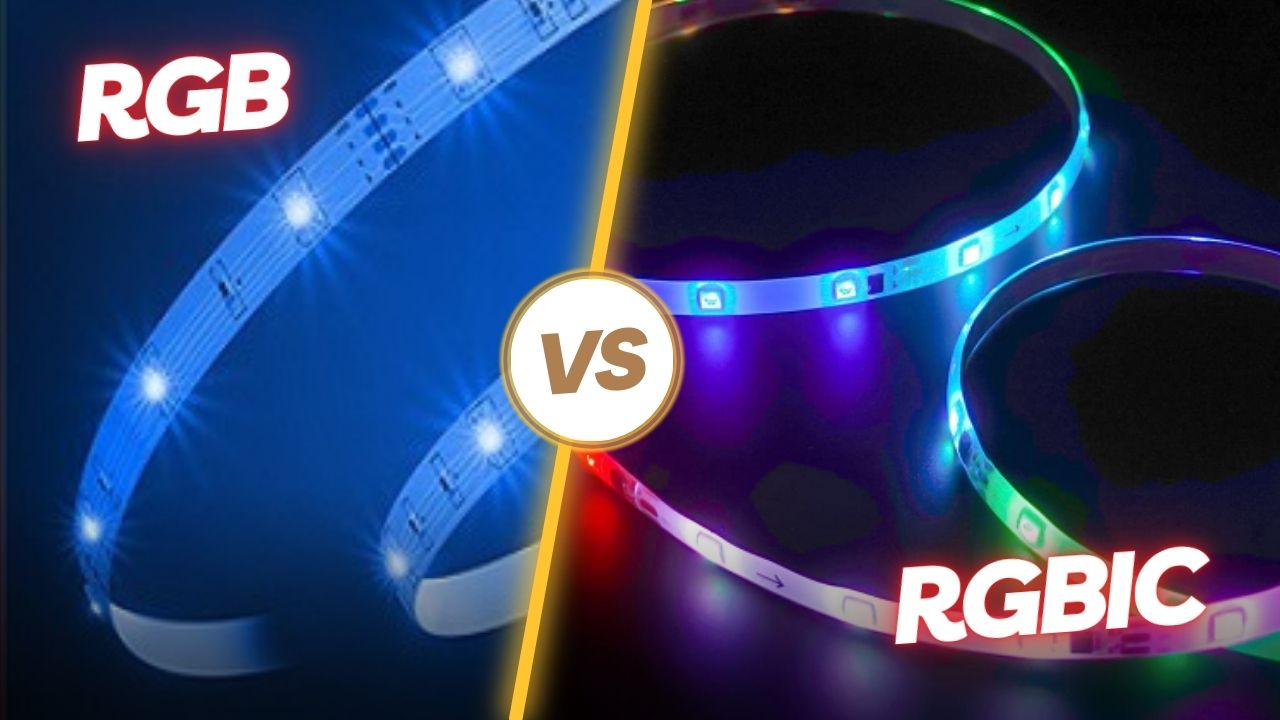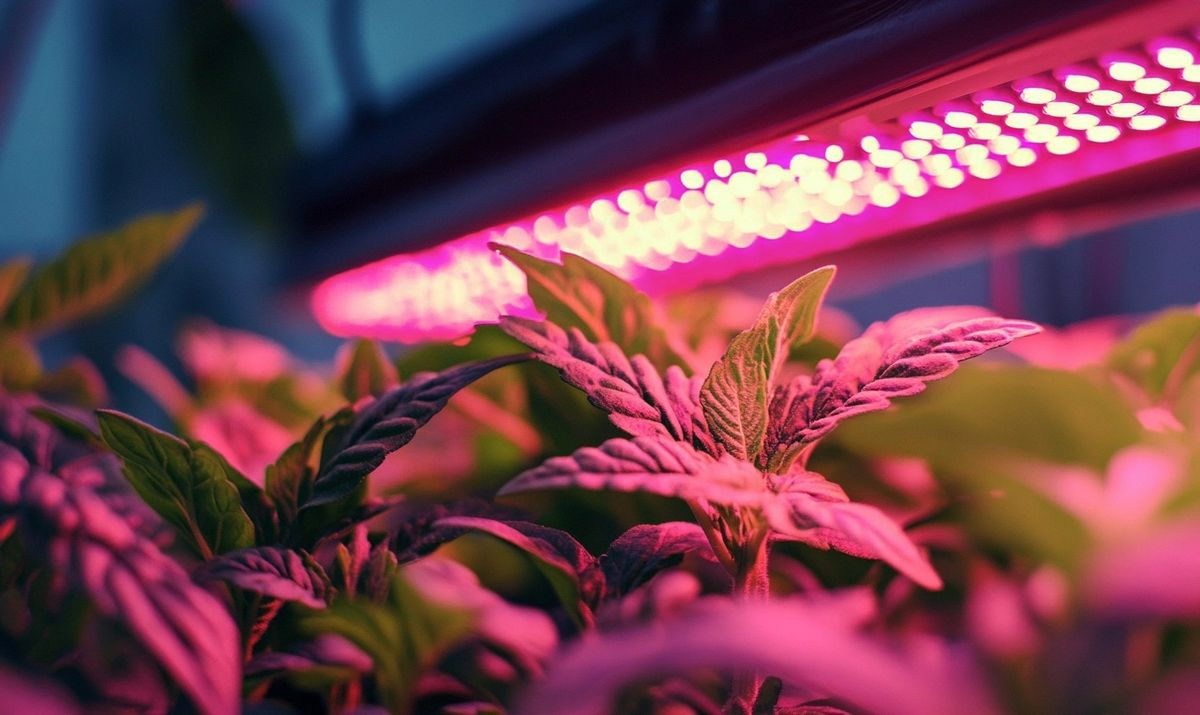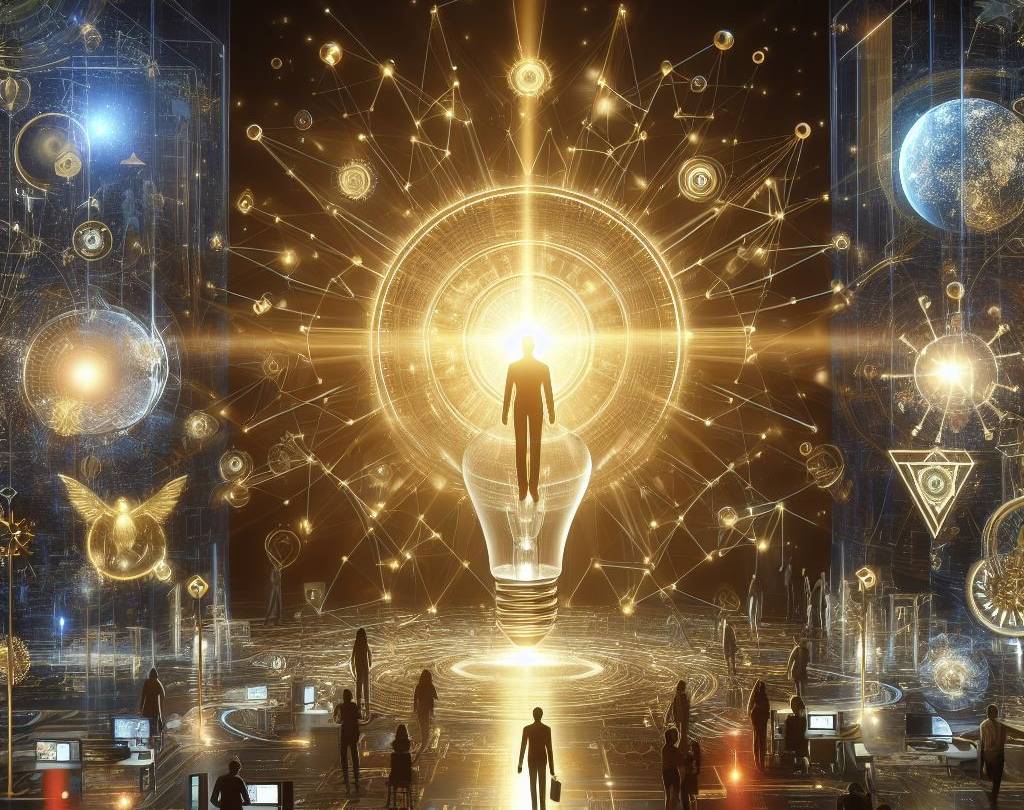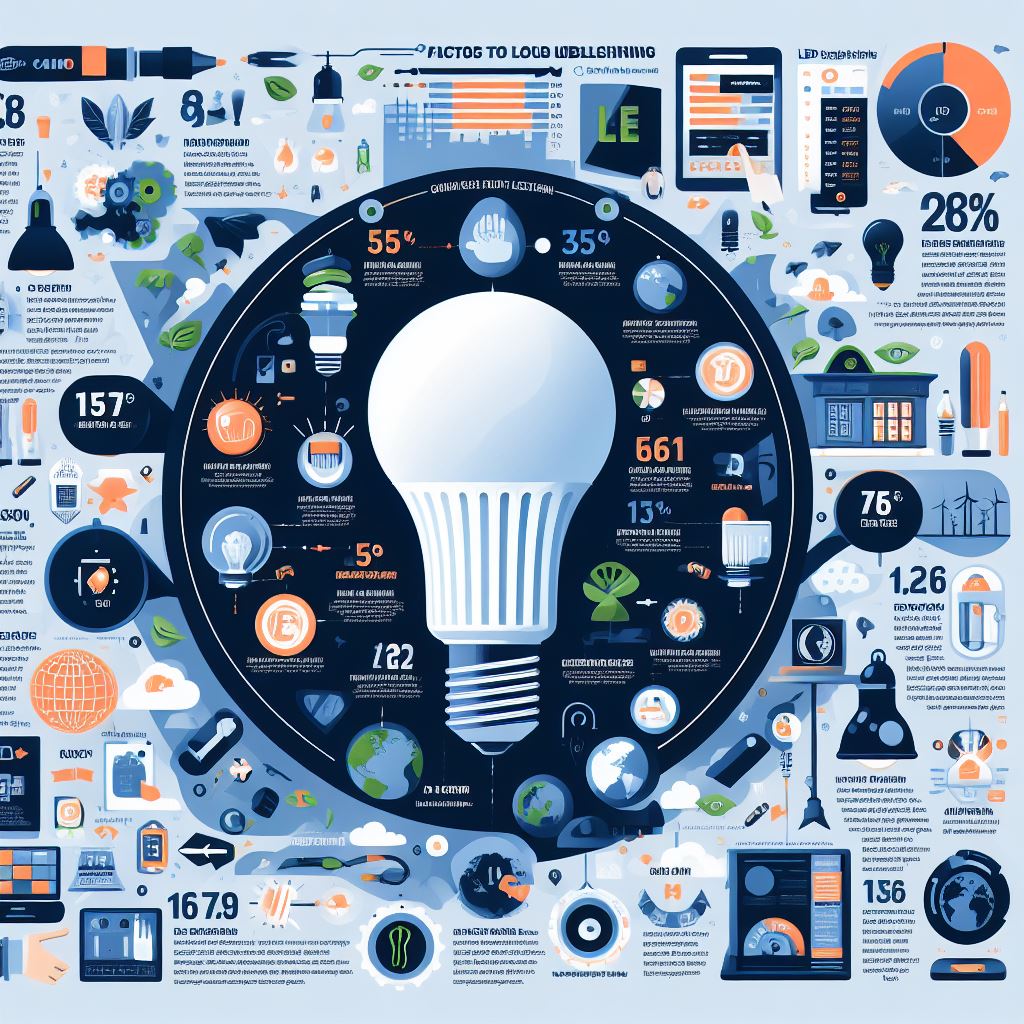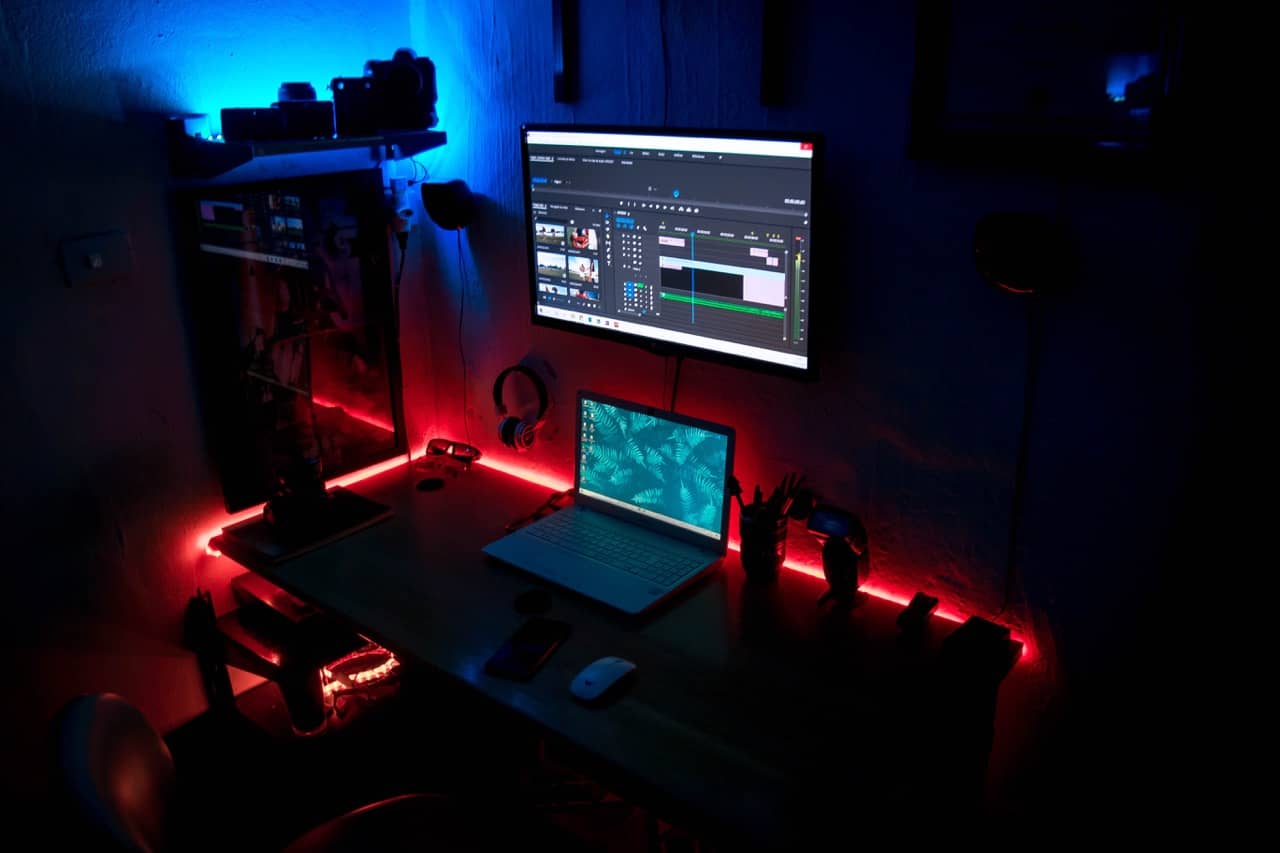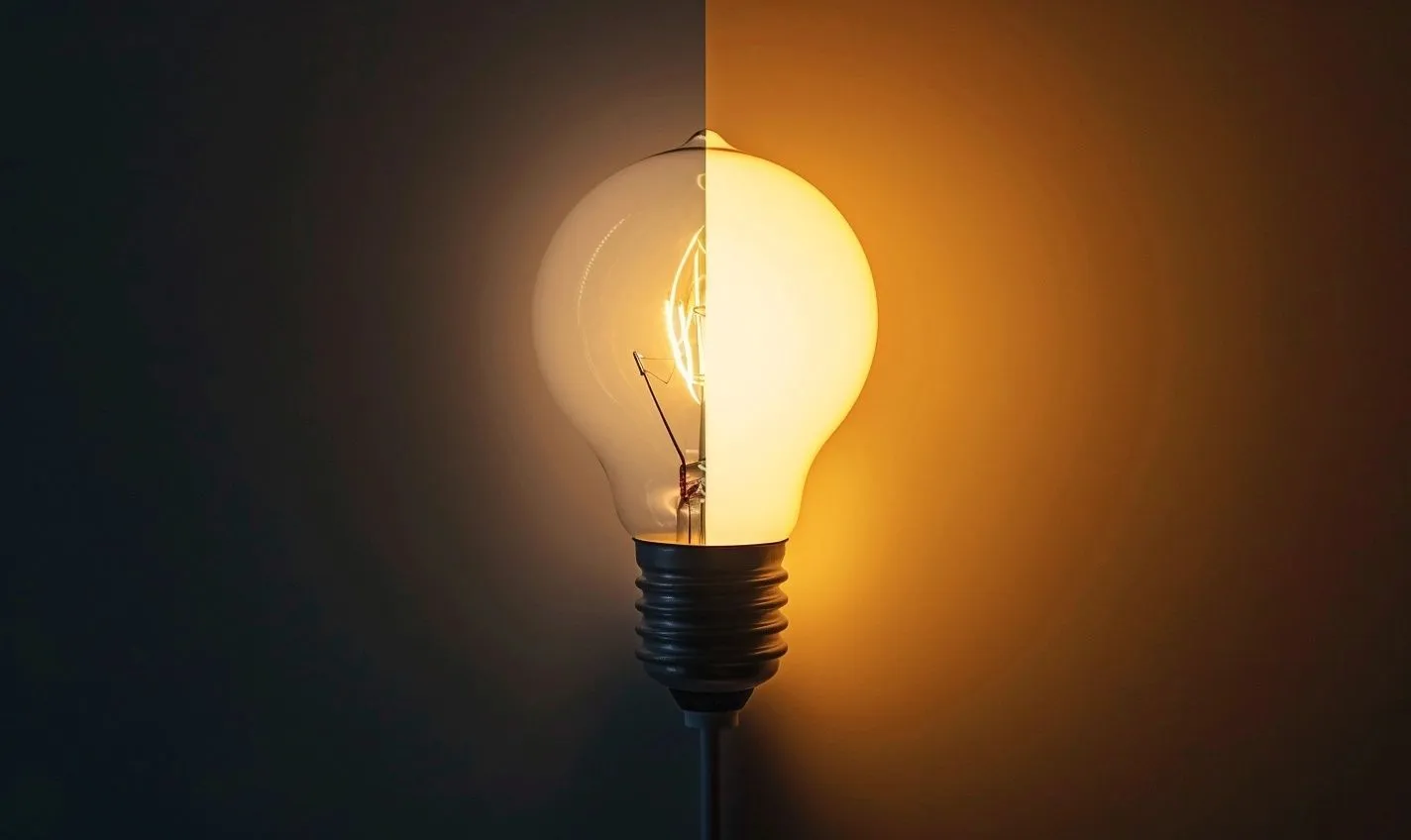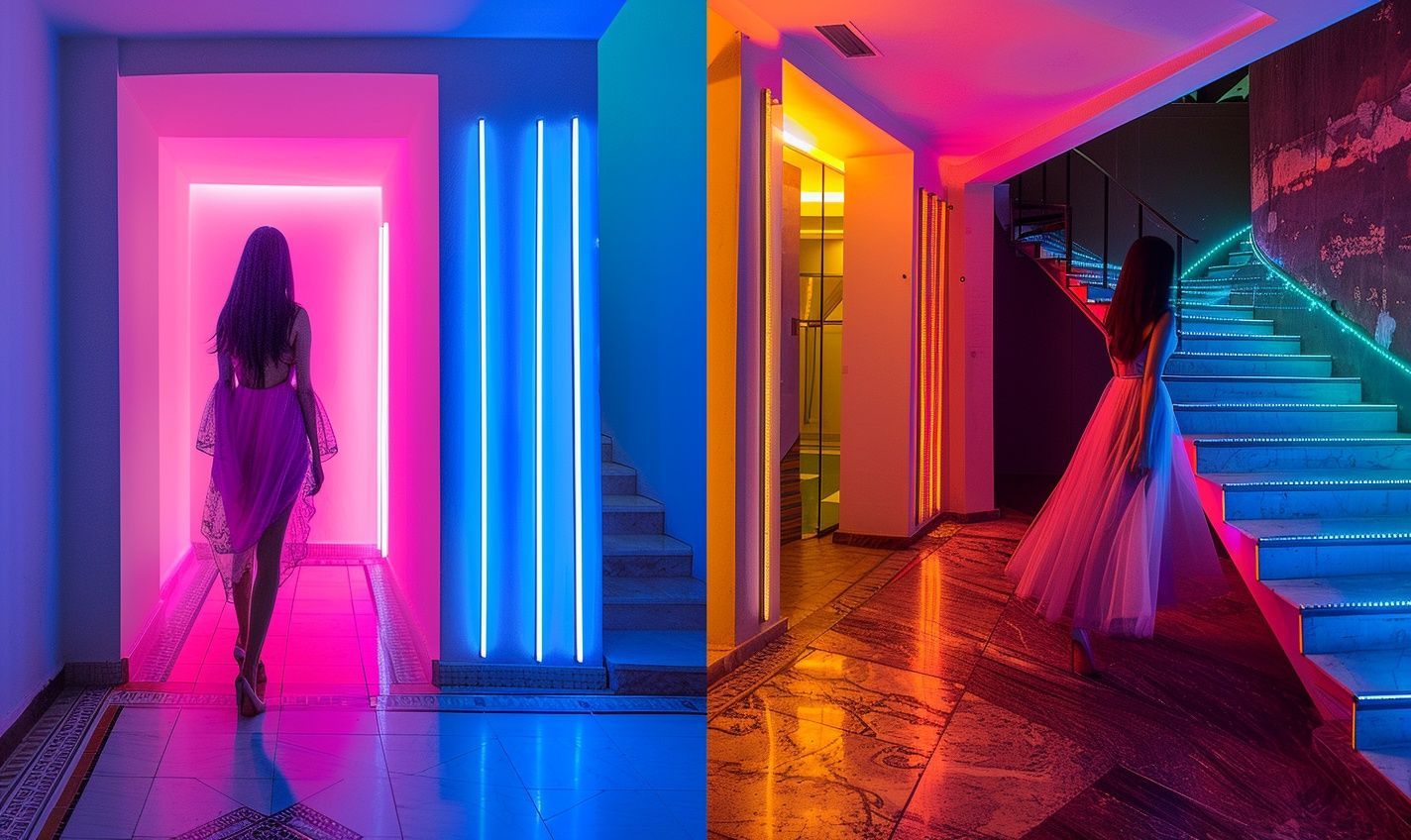
Welcome to the illuminating world of LED lighting! As an expert in the field, I am excited to take you on a journey through the basics of LED lighting, providing you with a comprehensive guide to help you understand the ins and outs of this revolutionary technology.
LED, short for Light Emitting Diode, has transformed the way we light up our homes, offices, and outdoor spaces. LED lighting is not just a mere bulb; it offers a range of benefits, including energy efficiency, durability, and versatility in design.
This guide will delve into what LED lighting is, how it works, and why it has become the preferred choice for lighting solutions worldwide. Whether you are a newcomer or a seasoned pro in the lighting industry, there is always something new to discover about LED technology.
From exploring the science behind LED lights to understanding the different types available in the market, this guide will equip you with the knowledge to make informed decisions when choosing LED lighting for your next project. So, let’s embark on this enlightening journey together and unlock the power of LED illumination!
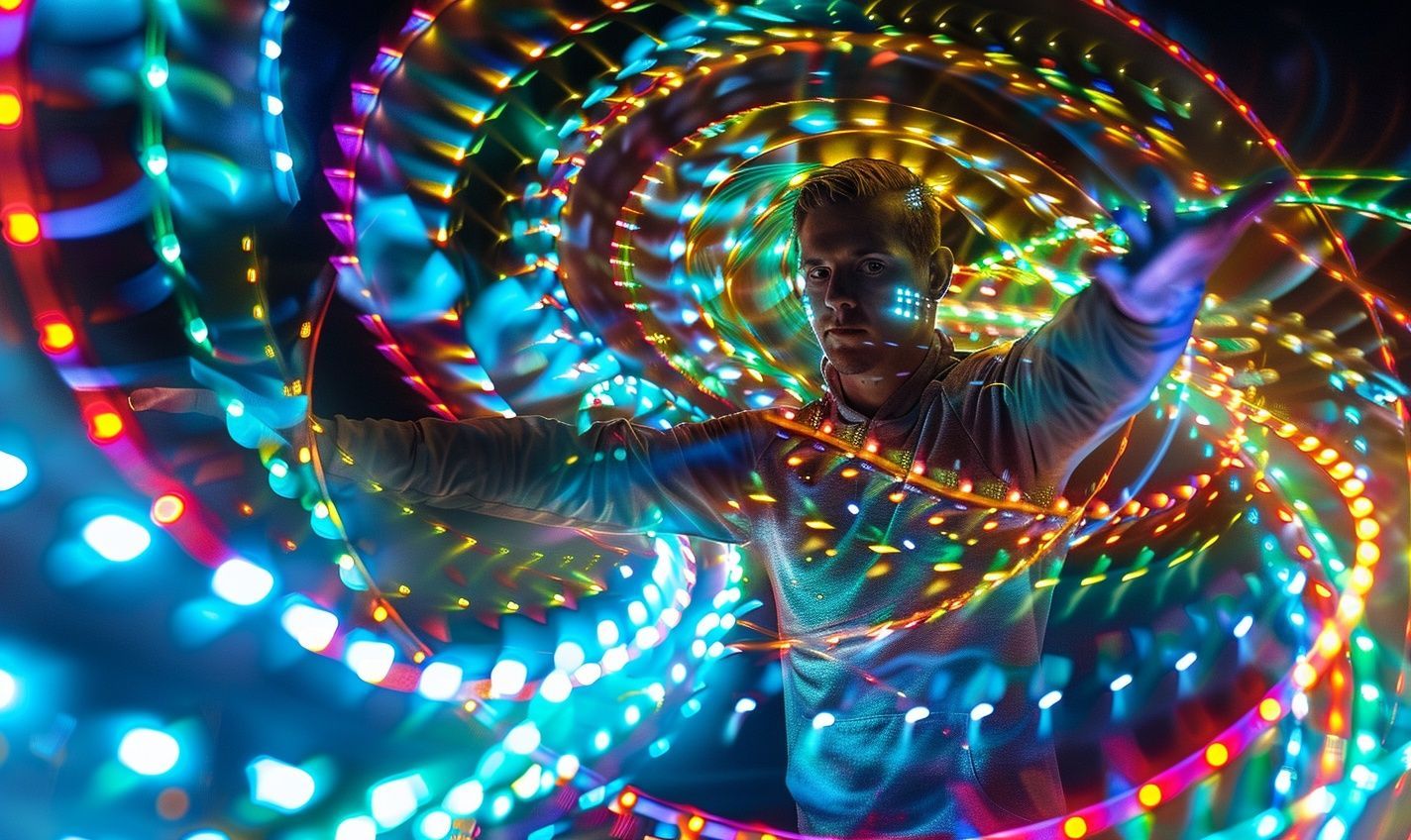
The Evolution of LED Lighting Technology
LED lighting has evolved from a novelty to a staple in households and businesses worldwide. Let’s explore the fascinating journey of LED lighting technology and how it has revolutionized how we illuminate our spaces.
The Rise of LED Lights
Nearly a century ago, LED technology was in its infancy, primarily used as indicator lights. However, innovation and advancements have made LED lights a preferred choice for lighting solutions today.
Efficiency and Longevity
What sets LED lights apart is their remarkable energy efficiency and longevity. Compared to traditional incandescent bulbs, LEDs consume significantly less energy and last up to 25 times longer.
Switching to LED lighting can result in substantial energy savings and reduced maintenance costs in the long run. Plus, their extended lifespan means fewer replacements and less waste.
Environmentally Friendly
LED lights are eco-friendly, free of toxic elements like mercury. By choosing LED, you brighten your space and contribute to a healthier planet for future generations.
Endless Possibilities
The versatility of LED lighting is limitless. From ambient lighting in homes to vibrant displays in commercial settings, LEDs offer endless color, brightness, and design possibilities.
- LEDs can be dimmed to create the perfect ambiance for any occasion.
- Their small size allows for innovative lighting fixtures and designs.
So, whether accentuating architectural features or adding a pop of color to your space, LED lights can help you achieve your desired lighting aesthetics.
The Future of Illumination
As LED lighting continues to evolve, we can expect further enhancements in efficiency, color options, and smart lighting capabilities. It’s an exciting time to embrace LED technology and unlock the full potential of lighting innovation.

Key Benefits of Using LED Lights
Enjoy a Brighter and More Efficient Lighting Experience
With LED lighting basics, you’ll notice a significant improvement in the brightness and clarity of your lighting compared to traditional incandescent bulbs. LEDs emit light in a specific direction, making them ideal for various lighting applications.
Save Money on Your Energy Bills
LED lights are highly energy-efficient, consuming up to 80% less energy than traditional bulbs. This efficiency helps you save money on your electricity bills and contributes to reducing your carbon footprint.
Longer Lifespan means Less Maintenance.
LED lights last much longer than incandescent or fluorescent bulbs, up to 25 times longer. This means you’ll spend less time and money replacing bulbs, making LEDs a cost-effective lighting solution in the long run.
Environmentally Friendly Lighting Option
Unlike traditional lighting options that contain harmful chemicals like mercury, LED lights are free of toxic materials and are 100% recyclable. Choosing LEDs helps reduce your environmental impact and contributes to a greener planet.
Customizable Lighting Solutions for Every Need
LED technology allows for versatile lighting designs and customization options. From adjusting brightness levels to choosing different color temperatures, LED lights offer flexibility to create the perfect lighting atmosphere in any space.
Instant Lighting with No Warm-Up Time
Unlike traditional bulbs that may take a few seconds to reach full brightness, LED lights illuminate instantly with no warm-up time. This feature is incredibly convenient in areas where immediate lighting is essential, such as in offices or retail stores.
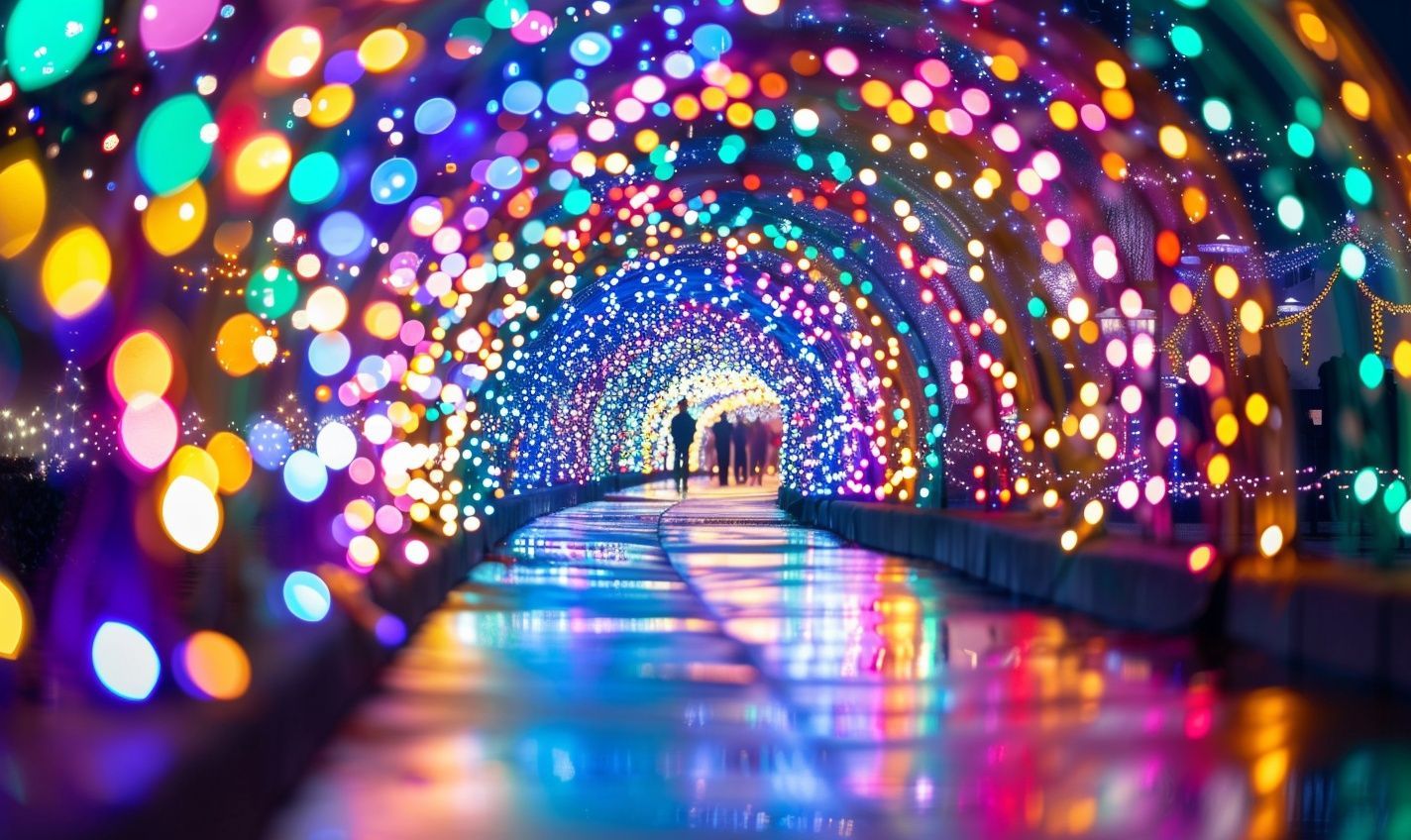
How Do LED Lights Work?
So, you’ve probably heard a lot about LED lighting basics, but how do these small yet powerful lights work their magic? Let’s dive in and uncover the science behind LED technology!
What is LED Lighting?
LED stands for Light Emitting Diode. Simply put, an LED is a semiconductor device that emits light when an electric current passes through it. Unlike traditional incandescent bulbs that rely on heating a filament to produce light, LEDs generate light through electroluminescence.
Understanding LED Lights
LEDs consist of two types of semiconductor material, one with an abundance of electrons (n-type) and the other with holes where electrons can fill (p-type). When a voltage is applied to the semiconductor, electrons move from the n-type to the p-type, releasing energy in the form of photons, which are light particles.
The Magic of LED Guide
- Energy Efficiency: LEDs convert more energy into light than traditional bulbs, making them more energy-efficient.
- Durability: LED lights are durable and long-lasting, spanning 25,000 hours or more.
- Instant Illumination: Unlike CFLs that take time to warm up, LEDs provide instant brightness when switched on.
- Directional Light: LEDs emit light in a specific direction, making them ideal for focused lighting applications.
Imagine LEDs as tiny champions of light, efficiently converting electrical energy into a bright beam that can illuminate your space with brilliance and style. Their durability and instant glow make them the superheroes of the lighting world, shining brightly in the darkest corners and bringing life to your environment!
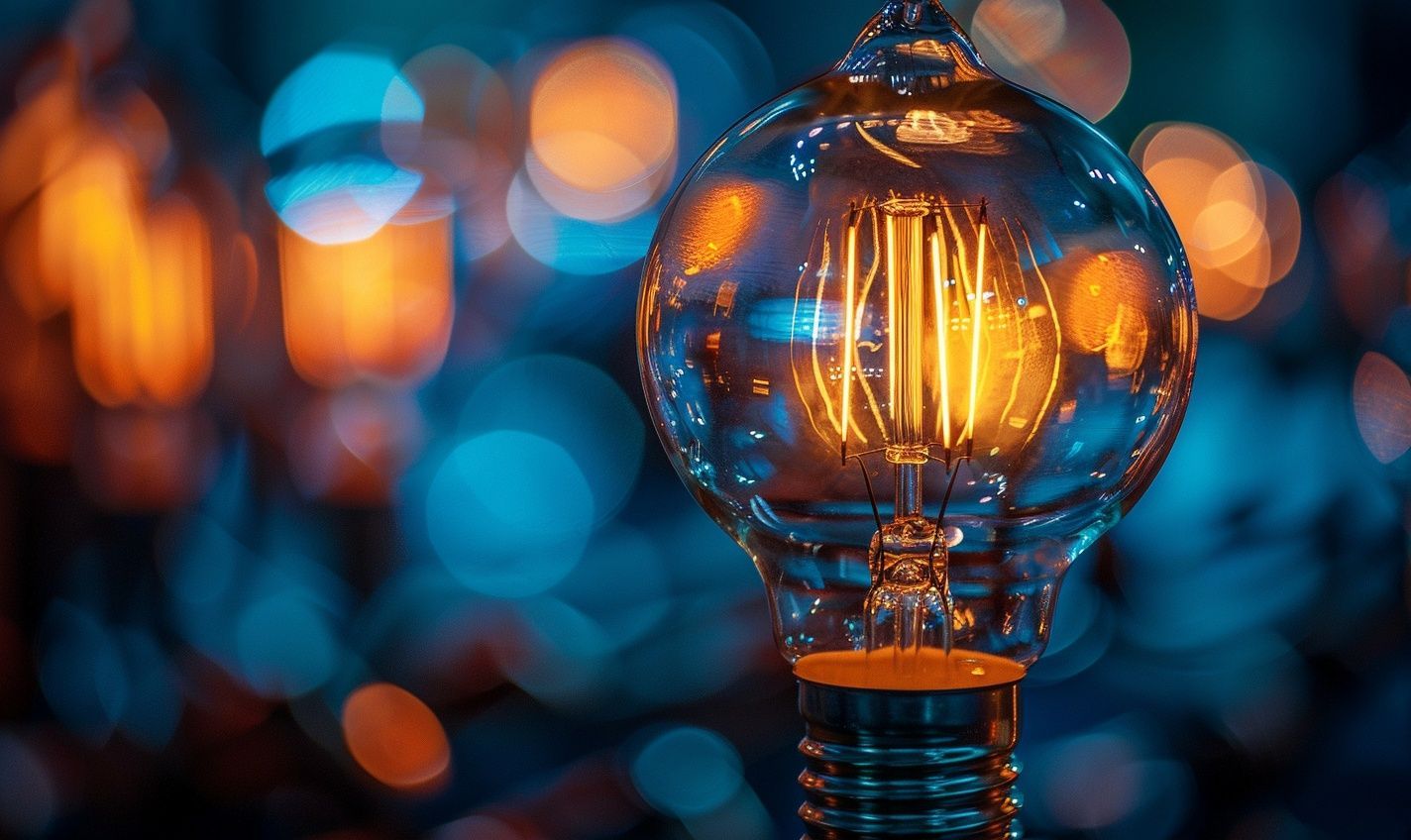
Common Applications of LED Lighting
You may be wondering, where can LED lighting shine? Well, let’s shed some light on the most common applications where these advanced lightbulbs truly excel:
Residential Use:
LED lights perfectly fit homes, offering a warm and inviting ambiance. From soft, dimmable bulbs in the living room to bright task lighting in the kitchen, LEDs can elevate the mood and functionality of any room.
Commercial Spaces:
LED lights in businesses, offices, and retail stores not only save money but also create a professional, well-lit environment that enhances productivity and boosts overall aesthetic appeal.
Outdoor Lighting:
Whether it’s illuminating a garden path, lighting up a patio, or brightening a parking lot, LEDs are durable, weather-resistant, and perfect for all outdoor lighting needs.
Automotive Industry:
From headlights to interior lighting, LED technology has revolutionized the automotive sector with its energy efficiency, durability, and versatility in design.
Decorative Purposes:
LEDs are popular for decorative lighting in events, festivals, and holiday decorations because they produce vibrant colors, low heat emission, and long lifespan.
But the beauty of LED lights doesn’t stop there. Thanks to their flexibility, durability, and efficiency, these lights continue to find innovative applications in various industries and settings.
So, as you can see, LED lighting isn’t just a bright idea; it’s a game-changer in the world of illumination.
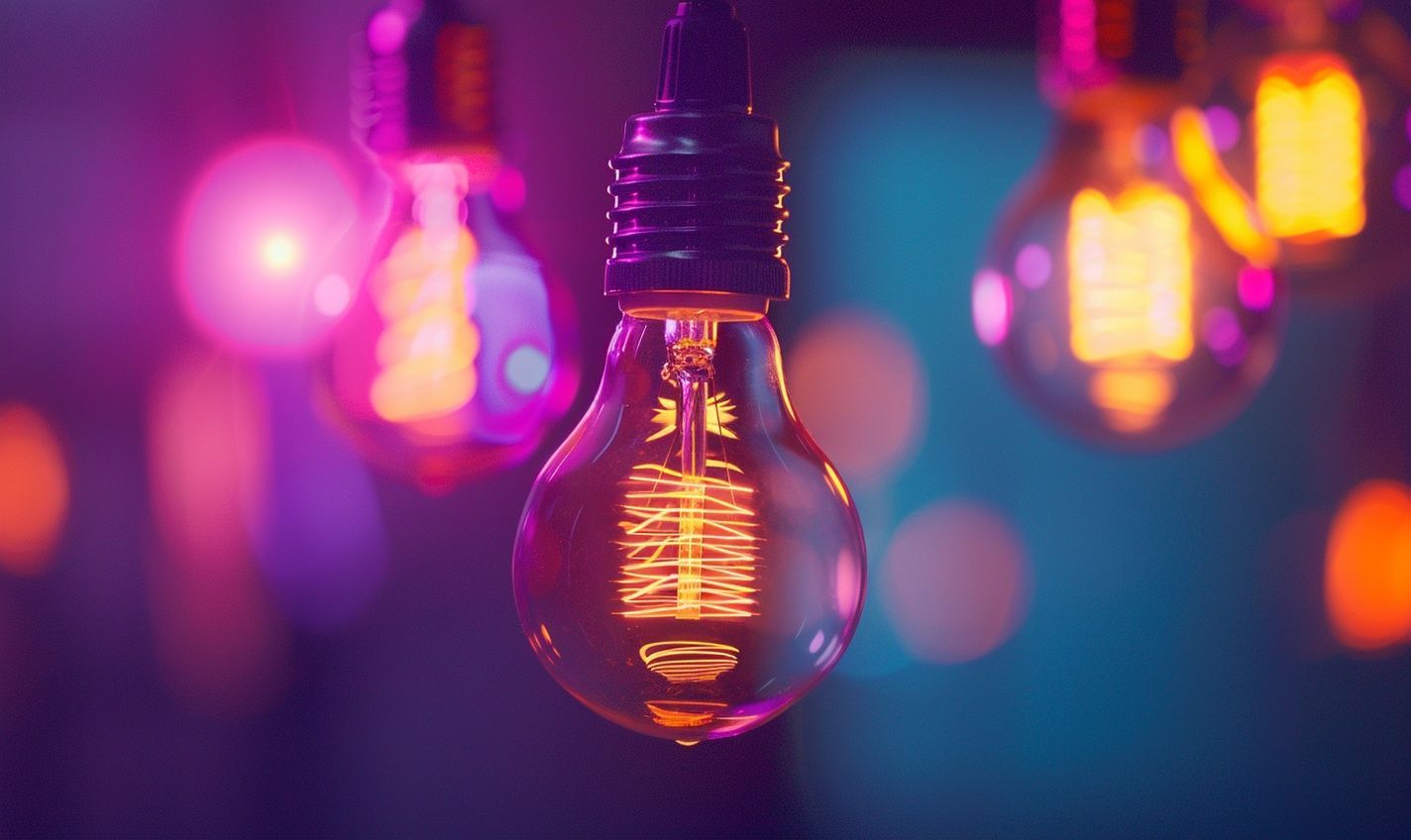
Understanding the Energy Efficiency of LED Lights
So, you’ve probably heard a lot about LED lighting basics, but what makes them so energy-efficient? Let’s delve into the core of LED lights and uncover the magic behind their energy-saving capabilities.
The Secret Behind LED Efficiency
LED lights are energy-efficient because they convert more electricity into light rather than heat. On the other hand, traditional incandescent bulbs waste a significant amount of energy producing heat.
Comparing Efficiency
Have you ever wondered why your electricity bills are lower with LED lights? Here’s a comparison:
- Incandescent Bulb: Converts only about 10% of energy into light
- LED Light: Converts approximately 90% of energy into light
Longevity and Efficiency
Not only are LED lights energy-efficient, but they also last significantly longer than traditional bulbs. This means less frequent replacements and reduced environmental impact.
Environmental Impact
Reducing your carbon footprint is simpler than you think. By switching to LED lights, you save on energy costs and contribute to a greener planet.
And the best part? Improved energy efficiency without compromising on the quality of light emitted. So, why not switch to LED lighting today?
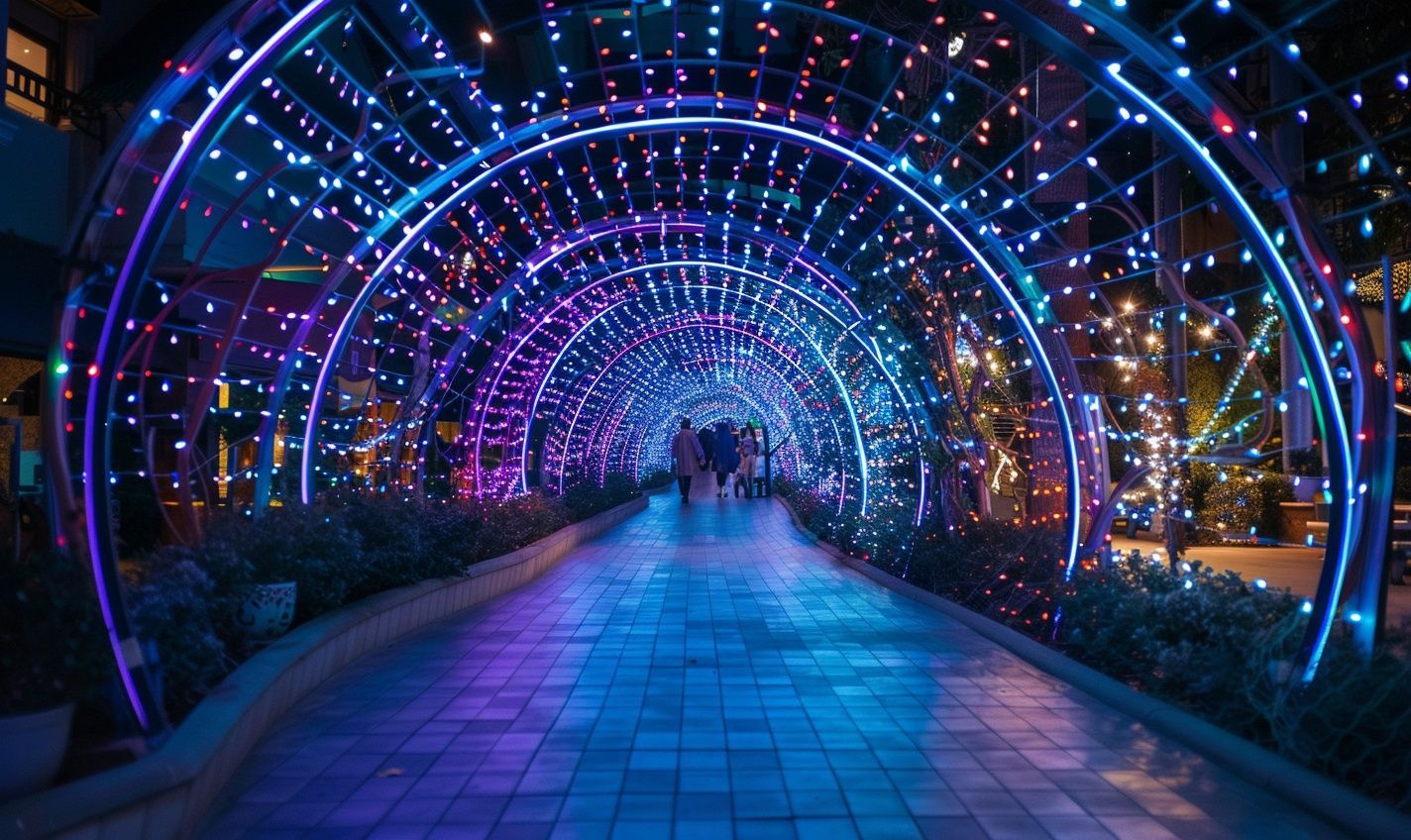
Factors to Consider When Buying LED Lighting
When purchasing LED lighting, several important factors should be considered. Let’s examine what you should consider before making a decision.
Energy Efficiency
LED lights are renowned for their energy efficiency. But do you know what to look for when assessing this feature? Remember to check the Energy Star rating or the lumens per watt to ensure you get the most efficient option.
Color Temperature
Color temperature can significantly impact a space’s ambiance. Understanding whether you need warm, cool, or daylight-like lighting can help you create the desired atmosphere in your home.
Lifespan
An important aspect of LED lighting is its longevity. LED lights can last much longer than traditional bulbs, saving you money in the long run. Be sure to consider the lifespan of the bulbs before making a purchase.
Dimmability
Not all LED lights are dimmable. If you want to create varying brightness levels in a room, choose dimmable LED lights and compatible dimmer switches.
Quality of Light
The quality of light produced by LEDs can vary. While some may have a high Color Rendering Index (CRI), others may not provide the best light quality. Consider the CRI to ensure the colors in your space appear as they should.
Cost
While LED lighting may have a higher upfront cost than traditional bulbs, the savings in energy consumption and replacement costs can make it a cost-effective choice in the long term. When purchasing LED lights, consider your budget and the return on investment.
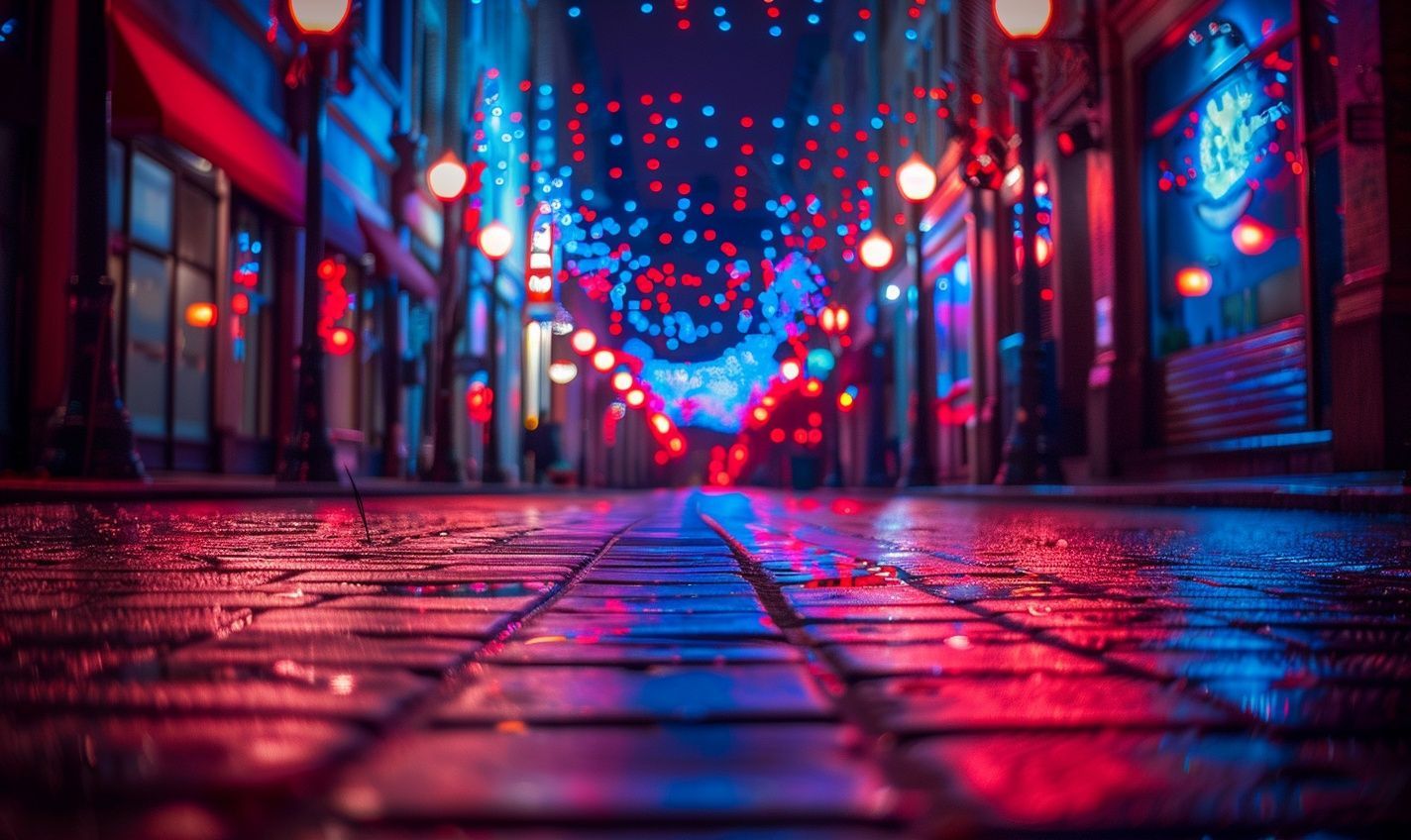
Tips for Installing and Maintaining LED Lights
So, you’ve decided to switch to LED lighting. Congratulations! You’re about to journey towards energy efficiency, cost savings, and a brighter environment. But before you dive in, here are some essential tips to ensure a smooth transition and make the most out of your LED lights.
Proper Installation Is Key
When setting up your LED lights, follow the manufacturer’s guidelines. Ensure proper wiring, secure mounting, and correct placement to optimize performance and longevity.
Invest in Quality LED Fixtures
Choosing high-quality LED fixtures may cost slightly more initially, but they offer better light output, durability, and energy efficiency in the long run. Plus, they’re less likely to flicker or emit a buzzing sound.
Keep Them Clean
Regular maintenance is crucial for LED lights to function at their best. Dust and dirt can accumulate on the bulbs and fixtures, affecting brightness and performance. Simply wiping them with a soft cloth can make a big difference.
Watch Out for Overheating
While LED lights emit less heat than traditional bulbs, they can still get warm. Avoid enclosing them in tight spaces without proper ventilation to prevent overheating, which can impact their lifespan.
Use Surge Protectors
Power surges can damage LED lights. Installing surge protectors can safeguard your investment and ensure your lights continue shining brightly for years.
And there you have it: a few simple yet effective tips for installing and maintaining your LED lights. By following these guidelines, you can enjoy the many benefits of LED lighting while extending the lifespan of your fixtures.
Comparing LED Lights to Traditional Lighting Options
LED lighting has revolutionized how we illuminate our spaces, offering a more energy-efficient and environmentally friendly alternative to traditional lighting options. Let’s examine the key differences between LED lights and their conventional counterparts to better understand why LEDs are the way of the future.
Longevity and Durability
LED lights are known for longevity, lasting up to 25 times longer than traditional incandescent bulbs. This means fewer replacements and less waste in the long run.
Energy Efficiency
LED lights are highly energy-efficient, using up to 80% less energy than incandescent bulbs. This reduces electricity bills and lowers one’s carbon footprint.
Light Quality
LED lights provide brighter, more consistent light than traditional options, improving visibility and a more aesthetically pleasing ambiance.
Maintenance and Safety
LED lights generate significantly less heat than incandescent bulbs, making them safer to touch and reducing the risk of fire hazards. Additionally, their durable design makes them less prone to breakage.
When it comes to environmental impact, LED lights are a clear winner. With their energy efficiency and longevity, they contribute to reducing greenhouse gas emissions and minimizing landfill waste. Switching to LED benefits not only your wallet but also the planet.
Debunking Myths About LED Lighting
LED lighting has transformed how we illuminate our homes, offices, and public spaces. Despite their widespread use and numerous advantages, there are still misconceptions surrounding LED lighting basics. Let’s debunk some common myths and shed light on the truth about this innovative lighting technology.
Myth: LED Lights Are Expensive to Purchase
Many people believe that LED lights are costly, but prices have significantly decreased. While the initial investment may be higher than traditional bulbs, LED lights are more cost-effective in the long run due to their energy efficiency and durability.
Myth: LED Lights Emit Poor Quality Light
Some individuals think that LED lights produce harsh or unnatural lighting. However, LED lighting has come a long way, offering a variety of color temperatures and high color rendering capabilities that can mimic natural sunlight, creating a warm and inviting ambiance.
Myth: LED Lights Can’t Be Dimmed
Contrary to popular belief, many LED lights are compatible with dimmer switches. Dimmable LED bulbs allow you to adjust the brightness levels to suit your preferences, providing flexibility and control over your lighting environment.
Myth: LED Lights Are Harmful to the Eyes
There is a misconception that LED lights emit harmful blue light that can strain the eyes. However, modern LED lighting technology incorporates flicker-free and blue light filters to minimize eye fatigue and discomfort.
By understanding the truth behind these misconceptions, you can fully appreciate the benefits and versatility of LED lighting. Next time you consider upgrading your lighting, feel the energy efficiency, longevity, and quality of light that LED lights offer.
Conclusion
LED lighting has revolutionized how we illuminate our homes, workplaces, and public spaces. With its energy efficiency, durability, and versatility, LED lights have become the preferred choice for many consumers and businesses.
Understanding the basics of LED lighting is crucial for making informed decisions about selecting the right lighting solutions for your needs. From their long lifespan to their eco-friendly attributes, LED lights offer unmatched benefits that make them stand out in the market.
As we delve into the intricacies of LED introduction, it becomes evident that this lighting technology is here to stay, shaping the future of lighting design and sustainability practices. By embracing LED lighting, we enhance our spaces aesthetically and contribute to a greener, more energy-efficient world.
So, whether you want to upgrade your home or commercial lighting system, investing in LED lights is a wise decision that will pay off in the long run. With this comprehensive LED guide, you are now equipped with the knowledge to embark on your journey towards a brighter and more sustainable future with LED lighting.
Frequently Asked Questions (FAQs)
What is LED lighting?
LED stands for Light Emitting Diode. It is a type of lighting that uses a semiconductor to convert electricity into light.
How does LED lighting work?
LEDs produce light when an electrical current passes through them, exciting electrons and creating photons, which we perceive as light.
What are the benefits of using LED lights?
LED lights are energy-efficient, durable, long-lasting, and versatile in color options and designs.
Are LED lights eco-friendly?
Yes, LED lights are eco-friendly. They consume less energy, contain no toxic elements like mercury, and have a longer lifespan, reducing waste.
Do LED lights produce heat?
LED lights produce less heat than traditional incandescent or halogen bulbs, making them safer and more efficient.
Can LED lights be used outdoors?
Yes, LED lights are suitable for outdoor use. They are durable, weather-resistant, and can withstand various environmental conditions.

